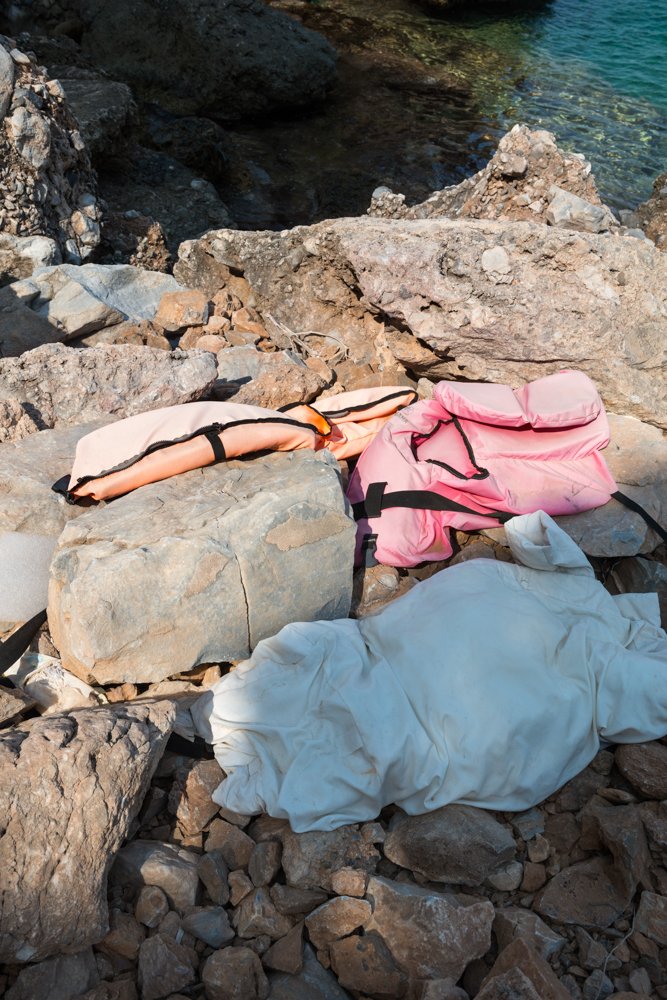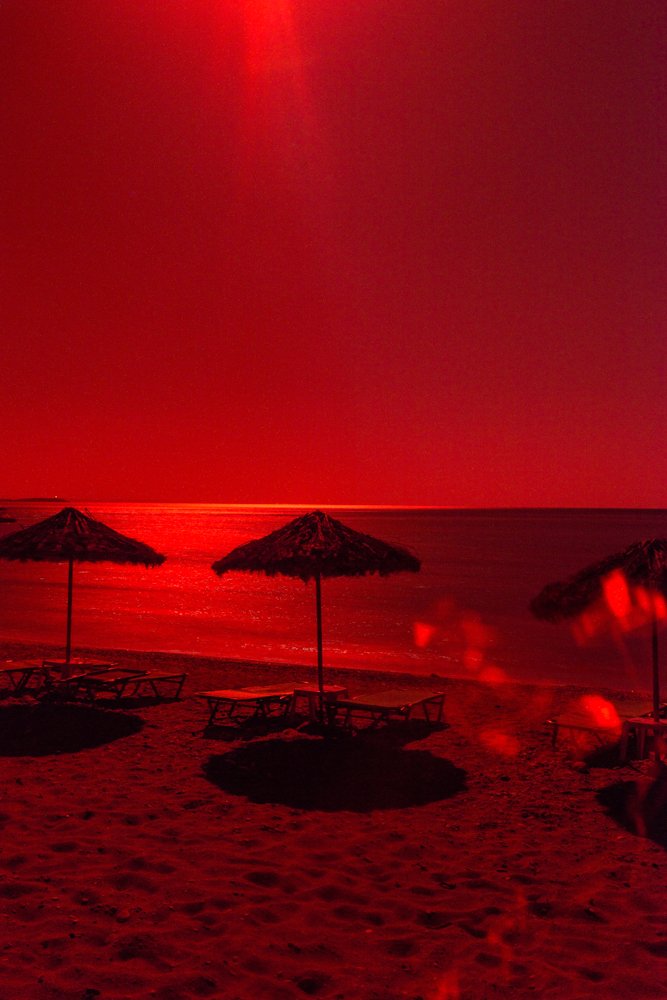To migrate is far away from what many of us really know: when we speak of someone living abroad for a year, or going to work elsewhere, we do not speak of them of having migrated, even though that is categorically what they have done.
They have lived abroad, or moved for work. Maybe even emigrated. They are technically one any the same, but lexicon is everything. To migrate, speaking generally, is seen as to leave one’s life behind. To bring what can be carried in a bag or less. It is not some trivial movement, based on that there might be some work in another location. It is, generally, to leave somewhere behind because it has become inhospitable to you; through war, through famine, through crisis. Leaving it, and everything you know behind. As a general rule, migration is thought of in terms of mass.
Migration is a constant process. As sure as it is that tides will ripple against shores, people will come and go. Rome was built by migration: empires are created by the clash of cultures. This constant movement will never really dissipate - as humans, we are naturally inclined to move to where we can be safe. In the last century it manifested itself as a movement for finding work, and in more recent years mass migration has become an escape from war ravaged countries. Despite all the media attention, and the way in which controls and checks, calls for a full country are ratified, we don’t, especially in the UK, see that much of it. We obviously have the long entrenched generations that have moved over in the course of decades, but the detention centres, the border gates, the security checks are all out of eyesight.
Through Migration as Avant-Garde, Michael Danner begins to look at this process. Not, admittedly, in the broadest of senses, but as a document of what is happening now, and how it being processed. More and more migration is caught between two worlds as the divisions between third and first world grow. Data is now everything - humans are reduced to becoming numbers. Whereas in past times, immigration control was primarily superstition, or an unwanting of other cultures, or misguided suspicion of disease. Reasons are still rooted in the same inherited fears, but instead have been finessed into these arguments of countries being ‘too full’, stretched. Perhaps that is something more to do with the state of welfare in the neoliberal age (but that is an argument for another day).
Vivid images stand out - in a sense many of the spreads are jarring, their glossed mix of archive and gaudy brought together through a piece of work which feels at first glance surprisingly joyous. This colour and vividness stands apart from the usual image which we image of migration. Horror stories, bodies, life jackets. The struggle. Though at no point Danner argues against this, he does come towards the subject from a new perspective: that of the everyday, the slow passage that many hundreds come through. The border forces which work both to necessitate safe passage or negate entry dependant on their government brief.
It is deeply set within the notion that we are all migrants - in some shape or form. It is easier to form these boundaries on an island than on the continent where the work was made, but nobody can say that their roots are local. Ancestrally, we all come from elsewhere. The influence for the project comes from something much closer though. As the world constantly becomes smaller and journey times reduce we all move much more than we would have previously. Many have studied abroad at some point (including Danner, who studied in Brighton in ’95), or at least moved towns. It is this constant flux which means that we have all migrated in some form. There seems to be a disjoint within definitions - though it is difficult to pinpoint whether this is along class or racial lines. Nobody seems to oppose Brits holidaying in Spain and becoming expats, similarly no one really opposes foreign students. Both of these groups bring investment to their new country. Wealth from another land. They also tend not to share in the local culture. What many do seem to oppose however are those that are fleeing. Opposition therefore seems to turn to acceptance dependant on the cash flow.
Most have moved at some point, but it is important to consider that displacement as a part of the same process. That sense of nerve, that plunge into something unknown. What Danner’s work over the nine years of shooting (2008 - 2017) begins to introduce is a sense of empathy. Rather than these images being of capsizing boats and struggle, far removed from our own realities, they instead depict images of people, spaces and acts not too dissimilar to our own encounters. They begin that marked tone of similarity, which through observing we can find the same space. Through these images, the movement of people is normalised. Instead migration becomes a normal process, for both for good and bad. As much as that movement becomes accepted through the images, so does the militarised policing. Through the even handed nature of these images, struggle is something to overcome. In a sense, there is a danger of the project placating current systems rather than being critical.
Identity gives roots to the project. The essay ‘We Refugees’ by Hannah Arendt is a spectre which follows the images through the book, and through the excerpts chosen by Danner, she talks about how through the process of becoming a migrant (herself Jewish and moving from Germany to the US during the second world war) your original identity is displaced. Instead you become a migrant. It is quite possible that this is the most dangerous thrust of all: the removal of identity. In a world with borders, people tend to be judged and defined by their origin. Migration as Avant Garde promotes the idea that instead migration should have positive connotations, and that migrant and refugee should no longer be seen as insults. That migration should be seen in reference not necessarily as someone leaving everything behind, but instead should be seen for what they could bring to the community.




